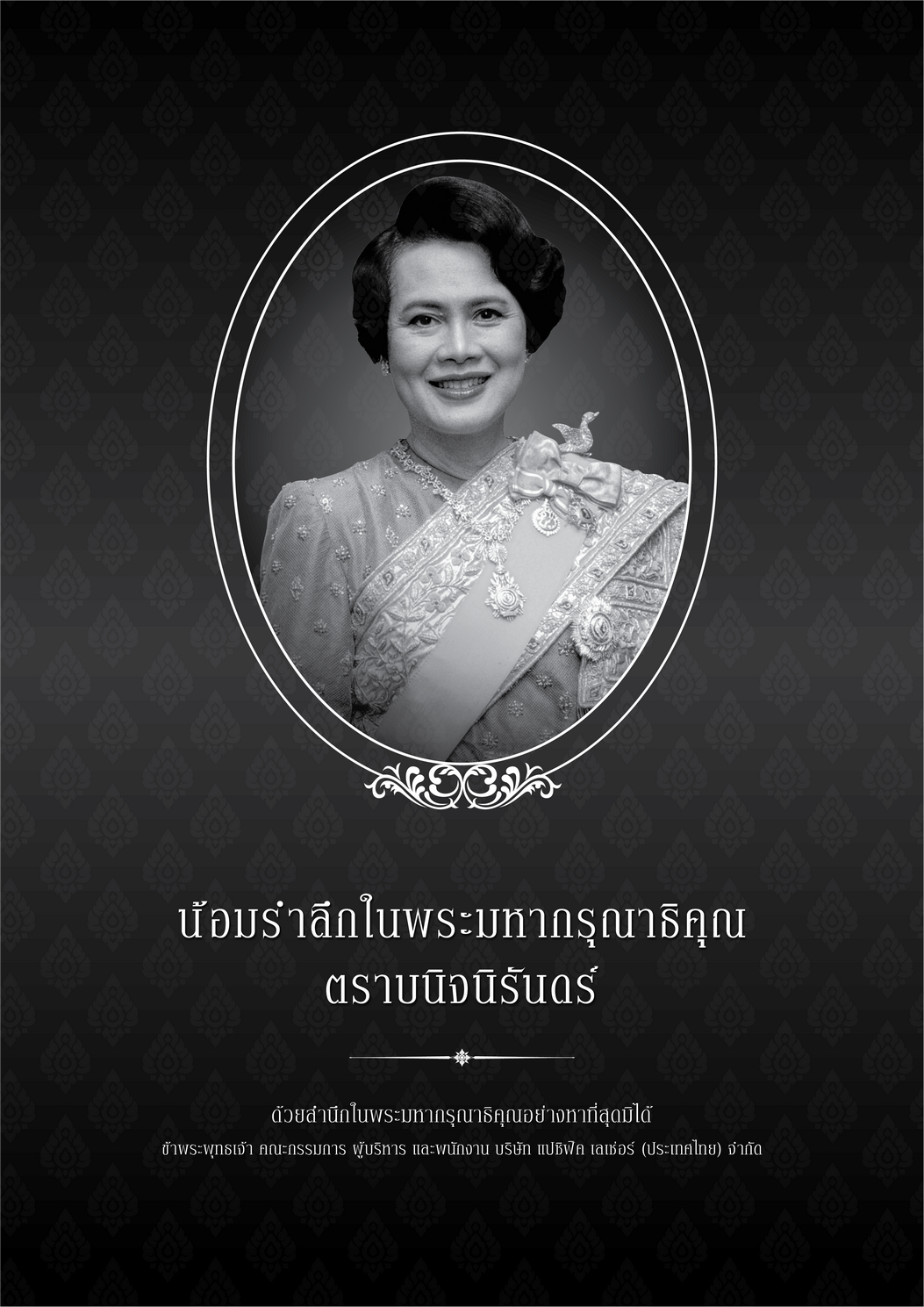
Phaya Thai Palace A Glimpse into the Glory of the Past
Among Thailand’s palaces, Phaya Thai Palace stands out as one with a rich history of transformation. Spanning three reigns — King Rama V, King Rama VI, and King Rama VII — this palace has seen its share of significant changes. Originally an agricultural site, it has since evolved into a royal residence, a democratic model city known as “Dusit Thani,” a hotel, a radio station, and eventually a hospital.
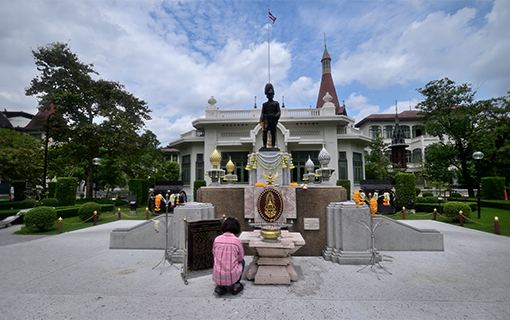
Front of Phra Ratcha Montien Hall, featuring the statue of King Vajiravudh (Rama VI):
The grand statue of King Vajiravudh (Rama VI) stands proudly in front of Phra Ratcha Montien Hall, commemorating the king's significant role in the history of Phaya Thai Palace.
Back in the day, Phaya Thai was not an urban area but a wilderness called “Tung Phaya Thai.” During the reign of King Chulalongkorn (Rama V), the land was used for agricultural experiments. In 1908, a royal granary and a residence were constructed in the area, which extended into nearby Sam Sen, and the name “Na Luang Phaya Thai” was bestowed upon it. Additional residences were built for the king’s use during his visits.

King Vajiravudh's (Rama VI) Bedroom: The royal bedroom of King Vajiravudh is adorned with luxurious decor, blending Thai and Western art styles, symbolizing the opulence of the era.
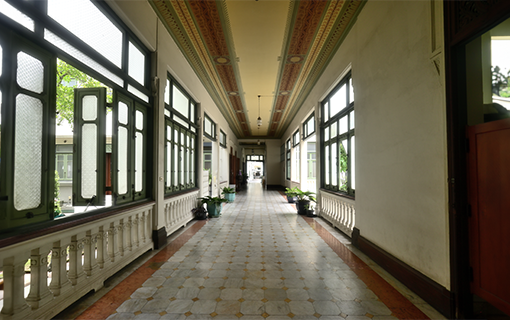
Hallway inside Phra Ratcha Montien Hall, connecting Phiman Chakri Hall and Sri Sutthiwat Hall: The beautifully designed corridor linking these two halls showcases the intricate architectural details that seamlessly connect different parts of the palace.
Following King Rama V’s death, major renovations were undertaken during the reign of King Vajiravudh (Rama VI). The palace was expanded to include structures like ‘Wai Khun Thep Sathan,’ ‘Phiman Chakri,’ and ‘Sri Sutthiwat,’ along with the ‘Mekkhala Rooji’ pavilion in the inner court.

Phra Ratcha Montien Hall (viewed from the Throne Hall building): This image showcases Phra Ratcha Montien Hall as seen from the Throne Hall, with its elegant architecture and prominent dome that stands out in the distance.
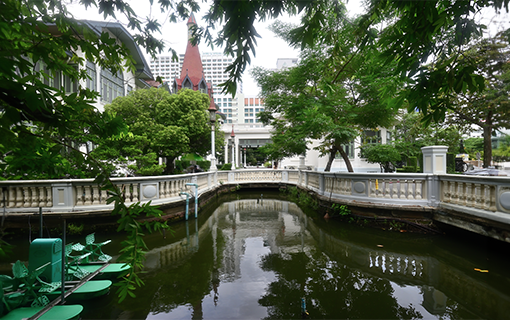
Irrigation Canal inside Phaya Thai Palace, bringing water from Sam Sen Canal: This irrigation canal is an integral part of Phaya Thai Palace’s water system, drawing water from the nearby Sam Sen Canal for palace use
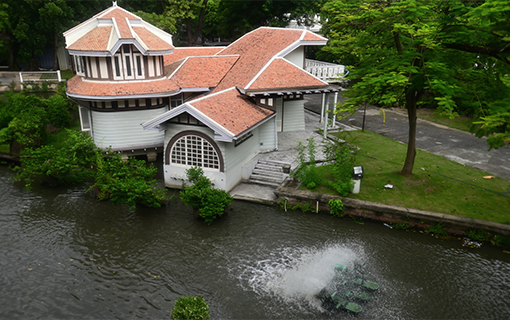
Mekkhala Rooji Pavilion (behind Phra Ratcha Montien Hall): Mekkhala Rooji Pavilion, located behind Phra Ratcha Montien Hall, is a two-story building featuring a simple yet graceful design that complements the palace's overall architectural style.

Naga Buddha Statue, the revered image of King Vajiravudh (Rama VI), located at the back of Phaya Thai Palace: The Naga Buddha statue, a symbol of reverence, is situated at the farthest end of Phaya Thai Palace grounds, embodying the spiritual significance of the.
Under the reign of King Prajadhipok (Rama VII), the palace underwent another transformation. Part of it was converted into a hotel named “Paya Thai Hotel Bangkok Siam,” catering primarily to VIP foreign guests. This was a significant shift, marking a unique chapter in the history of Thai palaces. ‘Wai Khun Thep Sathan’ was later converted into a radio broadcasting station managed by the Post and Telegraph Department until 1933. Eventually, the palace became part of the Royal Thai Army’s Medical Department, and today, it serves as part of the Phramongkutklao Hospital.
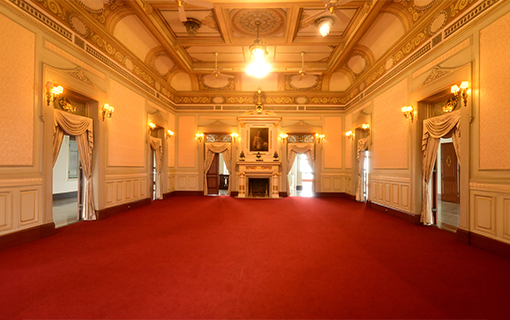
International Guest Reception Room within Phra Ratcha Montien Hall: This room, designed to welcome foreign dignitaries, is lavishly decorated with luxurious furniture and intricate interior design, reflecting the refined taste of King Rama VI.

Ceilings throughout Phra Ratcha Montien Hall feature Italian-style artwork: Nearly every room in Phra Ratcha Montien Hall boasts intricately designed Italian-style ceilings, adding a touch of artistic elegance to the interior.
Located on Ratchawithi Road in Phaya Thai district, Bangkok, Phaya Thai Palace is now open to the public on weekends, with two guided tours per day at 9:30 AM and 1:30 PM. If you visit on other days, you can still explore the palace’s beautiful exterior and gardens. Near the palace, you’ll find Narasingha Coffee Shop, a charming café situated in one of the palace’s wings, offering food and drinks from morning till evening – a perfect stop for visitors.

View from the 3rd floor of Phra Ratcha Montien Hall, Wai Khun Thep Sathan Wing, overlooking the present-day Narasingha Coffee Shop: This view from the third floor of the palace provides a glimpse of the current Narasingha Coffee Shop located below, surrounded by a serene atmosphere.

Atmosphere inside Narasingha Coffee Shop: The interior of Narasingha Coffee Shop exudes a cozy and classic ambiance, making it an ideal place to relax and enjoy a cup of coffee amidst the historic setting of Phaya Thai Palace.
Getting to Phaya Thai Palace is easy. Take the BTS to Victory Monument Station and walk for about 400-500 meters. The palace consists of several sections, including a grand hall or theater, which stands independently. Deeper inside is the main royal residence, featuring an eye-catching Italian-style dome. Behind it is ‘Mekkhala Rooji,’ a two-story pavilion, and the lush ‘Roman Garden,’ with terraced steps that create a captivating atmosphere. On the left, you'll find an open Roman column courtyard, exuding an almost otherworldly charm.
A visit to Phaya Thai Palace is not only a feast for the senses but also a rich learning experience. Here, you can explore history, architecture, and art all in one place. If you have the time, don’t miss the chance to visit – it’s highly recommended.
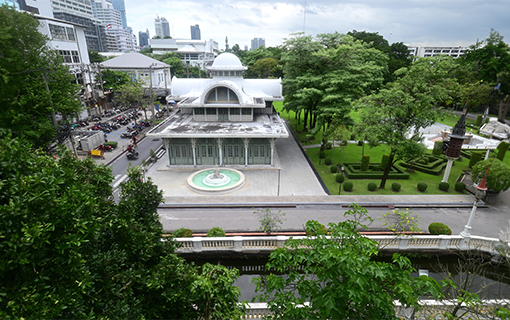
Throne Hall building as seen from Wai Khun Thep Sathan: A view of the Throne Hall building, located centrally and showcasing its majestic structure, from Wai Khun Thep Sathan wing.

Ceiling of the Throne Hall building: The ceiling of the Throne Hall features intricate artwork and golden patterns, representing the grandeur and elegance of the royal palace.

Interior of the Throne Hall building: The interior of the Throne Hall is adorned with a mix of Thai and European artistic elements, providing a regal and exquisite setting for royal ceremonies and gatherings.

Roman Garden, a relaxation area behind Phra Ratcha Montien Hall: The Roman Garden located behind Phra Ratcha Montien Hall is a peaceful area with tiered landscaping and European-style design, offering a tranquil spot for relaxation.
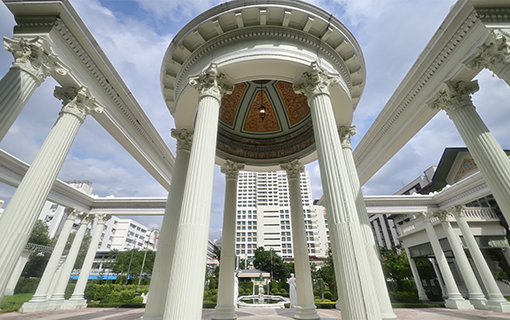
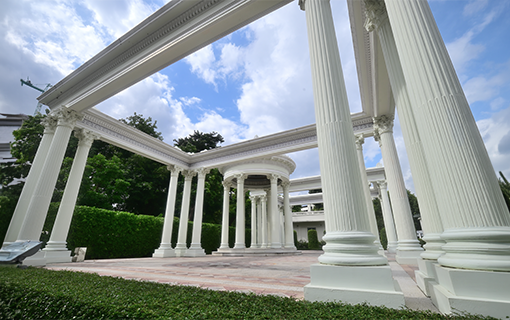
Roman Columns Courtyard: The Roman Columns Courtyard is an open-air space with stunning Roman-style columns, creating a classic and elegant ambiance that contrasts with the palace’s surroundings.
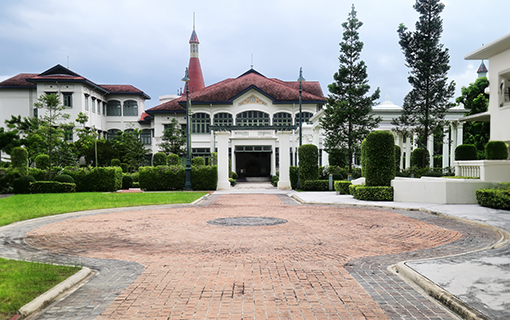
Phra Ratcha Montien Hall viewed from the back, facing the Roman Garden: This view from the rear of Phra Ratcha Montien Hall highlights the beautiful garden below, providing a perfect blend of nature and architecture.
Reference: "Rattanakosin Preservation Chronicle"
Note: There is an entrance fee for visiting the palace. For more information, please contact us.
Editor in Chief : Nampetch Siramanon
Editor: Pacific Leisure (Thailand)
Content Creator : Mr. Saroj Na Ayutthaya
Navigate
Terms & Privacy
Pacific Leisure (Thailand) Limited
No. 888/154, Mahatun Plaza Bldg., 15th Floor,
Ploenchit Road, Lumpini, Pathum Wan,
Bangkok 10330, Thailand
Phone : +66 22 542 966
Mobile : +66 87 347 3111, +66 63 224 1384
Email : info@pacificleisureth.com
Website : https://www.PacificLeisureTH.com
(TAT) Licensed No: 11/00161

